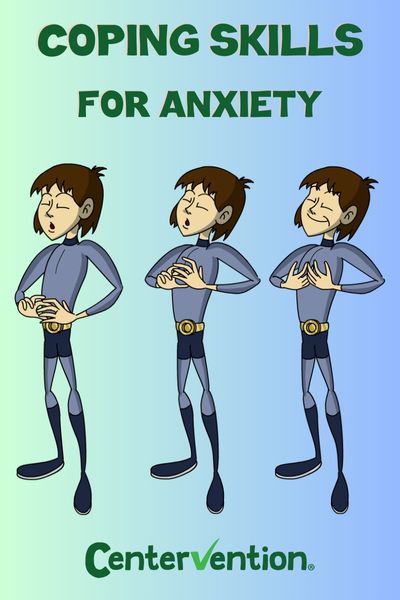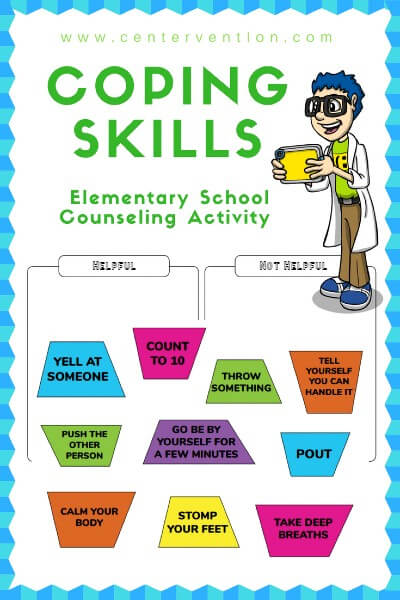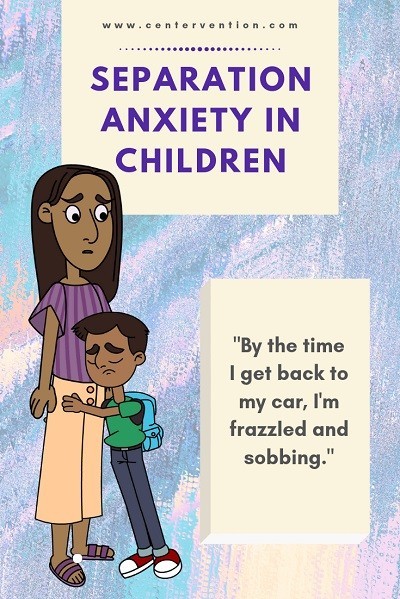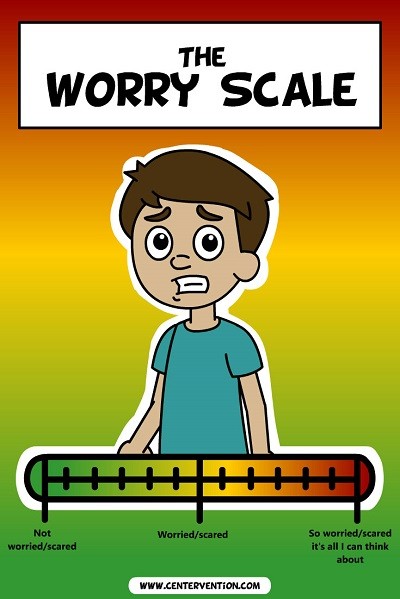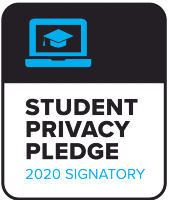Anxiety Versus Anxiety Disorders
Anxiety is a normal experience for most people, and on occasion, it may be overwhelming. But anxiety is typically transitory, and there are many coping skills that can help you feel more in control.
But, an anxiety disorder is different. It’s a serious mental health condition characterized by persistent and excessive anxiety that interferes with daily life.
People with an anxiety disorder may experience intense fear or dread about everyday situations, have difficulty controlling their worry, and may experience physical symptoms such as sweating, trembling, or rapid heartbeat. In addition, an anxiety disorder often requires professional treatment such as therapy or medication.
In this article, our focus is on general anxiety and not anxiety disorders. And, we’ll explore several common coping skills that adults can use, and we’ll share a series of lessons to help kids understand and overcome their anxiety.
Coping Skills For Anxiety For Adults
- Talk to someone: Sometimes, just talking to someone can help ease anxiety. This could be a friend, family member, or mental health professional. Sharing your thoughts and feelings with someone can help you gain perspective and feel less alone. But before you share, think about what you need. Are you looking for advice, or are you simply wanting to be heard and understand. It will likely make a difference in who you decide to talk with.
- Deep breathing: When you feel anxious, your breathing can become shallow or rapid. To counteract this, practice deep breathing exercises. Breathe in slowly through your nose, hold for a few seconds, then exhale slowly through your mouth. Repeat this several times, focusing on the sensation of your breath.
- Mindfulness: Mindfulness is the practice of being present in the moment, without judgment. This can be helpful for anxiety because it can help you become more aware of your thoughts and feelings. Try to focus on your breath, the sensations in your body, or the sounds around you.
- Exercise: Regular exercise can help reduce anxiety and stress. Find an activity that you enjoy, such as jogging, yoga, or swimming, and make it a part of your routine.
- Sleep: Getting enough sleep is essential for managing anxiety. Aim for 7-8 hours of sleep each night, and establish a consistent bedtime routine to help you relax before bed.
Lessons to Help Students Overcome Anxiety
To help you assist your students in dealing with anxiety, we’ve created a series of activities, lessons, and worksheets. Many of these free lessons include characters and scenarios from our online SEL interventions, but you can use them with or without the online programs.
Coping Skills for Kids
Coping strategies are the thoughts and actions we adopt to manage our emotions and adapt to life transitions. These techniques work best when employed before reaching a breaking point of heightened emotional or mental stress.
By utilizing the coping skills worksheets provided, students can pick from a set of ten strategies and determine their effectiveness in dealing with challenges, distinguishing between helpful and unhelpful approaches.
Anxiety About Middle School
Moving up to middle school is an exciting time that frequently leaves students feeling a little anxious and worried. They may be nervous about making new friends, have questions about locker combinations, and changing classes.
To help we’ve created a resource bundle to help students prepare and reduce their feelings on anxiety.
Separation Anxiety
Separation anxiety, the fear of being away from mom, dad or another caregiver, can pop up unexpectedly and at various points throughout a child’s development.
In this article, we’ll share 6 tips from experts in child psychiatry, counseling, and developmental pediatricians.
The Worry Scale
In this lesson, you will help students understand how fear works, that it’s okay to be afraid, and how to not let fears control how they live.
Students will identify things that cause them to worry or fear and work through them by deciding where they belong on a “worry scale.”
